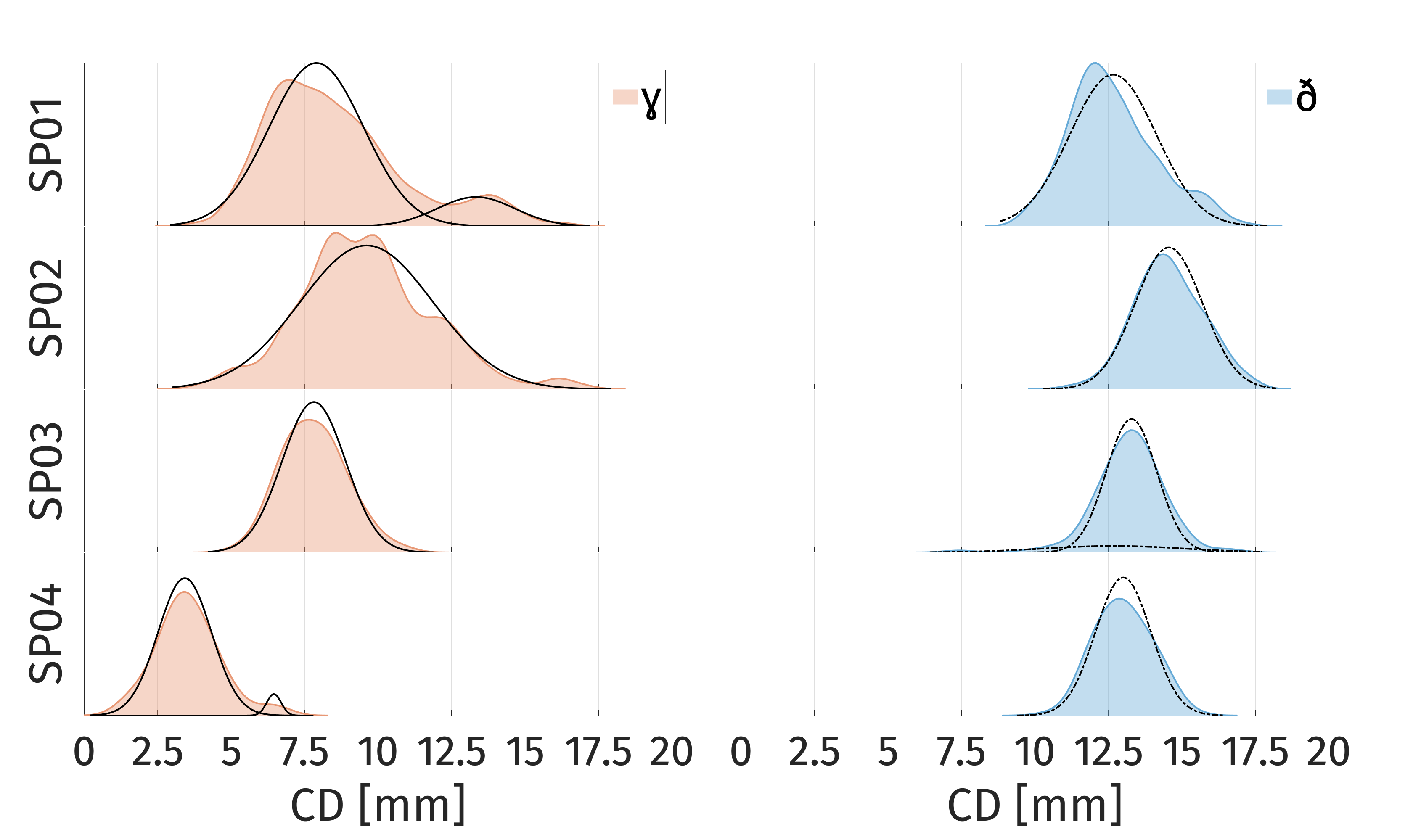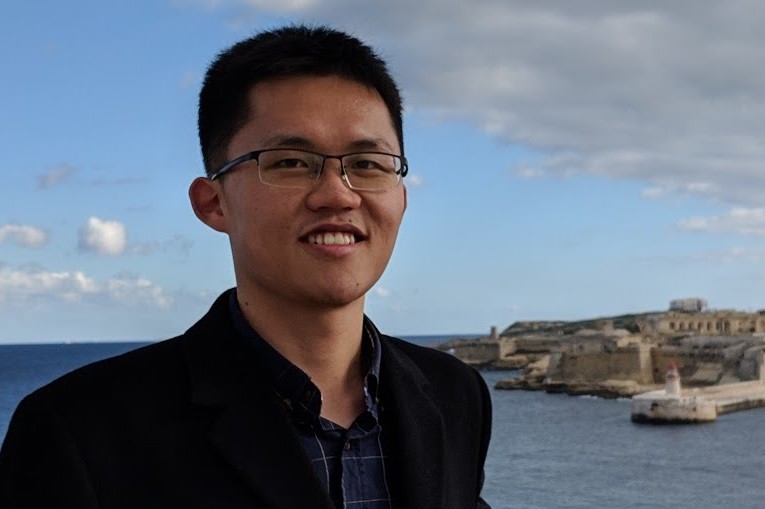News
Maspong & Burroni will present at AMP 2021
Cornell grad students Sireemas Maspong and Francesco Burroni, along with UC Berkeley grad student Raksit Lau-Preechathammarach will present a paper at the Annual Meeting on Phonology (AMP 2021), to be held online Oct. 1-3, 2021
Their paper is titled "Unifying Initial Geminates and fortis stops via laryngeal specification: Three case studies from Pattani Malay, Salentino, and Dunan"
16th August 2021

Stefansdottir, Burroni, and Tilsen will present at Interspeech 2021
On September 3, 2021 grad student Brynhildur Stefansdottir, grad student Francesco Burroni, and Dr. Sam Tilsen will present a paper at Interspeech 2021 titled: Articulatory Characteristics of Icelandic Voiced Fricative Lenition: Gradience, Categoricity, and Speaker/Gesture-Specific Effects.
16th August 2021

Francesco Burroni awarded the Wolff Write-up Grant
The Cornell Southeast Asian Program has awarded Linguistics graduate student and Phonetics Lab member Francesco Burroni the John Wolff Summer Write-up Grant.
This $2,500 award - sponsored by Dr. John Wolff, Professor Emeritus in the Departments of Linguistics and Asian Studies - will help Francesco complete his dissertation.
14th May 2021

Lingzi Zhuang Selected for Wu Scholarship
Lingzi Zhuang, doctoral student in linguistics, was one of the students selected to receive a Hsien Wu and Daisy Yen Wu Scholarship.
These awards provide recipients with funds to help with any aspect of doctoral study, from research expenses to personal living expenses. The Wu Scholarship was established by Daisy Yen Wu in memory of Hsien Wu (parents of the late Cornell professor Ray Wu) to recognize graduate students for their academic ability, performance, character, and financial need.
3rd May 2021
